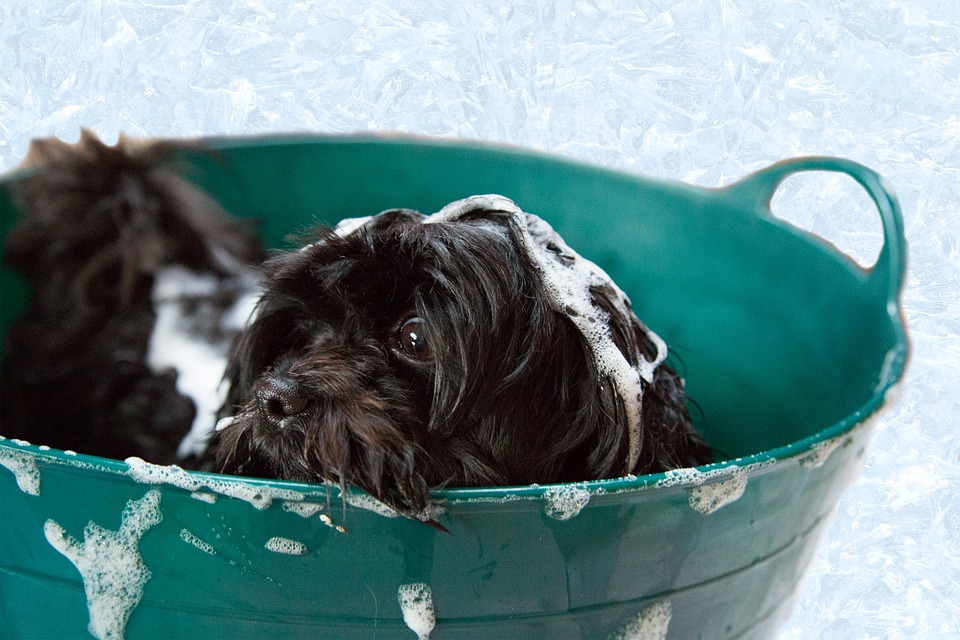When it comes to the health and well-being of our furry companions, we always want to ensure that they’re in the best possible condition. Recently, there has been a growing interest in weight gain pills for canine pets, raising both curiosity and concern among pet owners. These pills are marketed to help underweight dogs reach a healthier size. Still, as responsible pet owners, it’s important to delve into the matter with a critical eye and consider the potential benefits and risks they entail.
Understanding Weight Gain Pills: What Are They?
Weight gain pills are supplements designed to aid in promoting weight gain. There are weight gain pills like Apetamin, which are intended for human consumption. There are also weight gain pills specifically formulated for pets that are underweight or struggling to maintain a healthy body mass. These supplements typically contain a blend of nutrients, vitamins, and sometimes herbal ingredients believed to stimulate appetite, increase calorie intake, and support muscle growth. While the idea of a quick fix for an underweight pet might be appealing, it’s crucial to approach the use of these pills with careful consideration.
The Potential Benefits
1. Addressing Underweight Concerns
One of the primary advantages of weight gain pills is their potential to address underweight concerns in dogs. Just like humans, dogs can face difficulties in maintaining an ideal weight, and these supplements may offer a convenient way to provide them with the necessary nutrients to support healthy weight gain.
2. Nutritional Support
Weight gain pills often contain a combination of essential nutrients that play a key role in a dog’s overall health. These can include proteins, fats, vitamins, and minerals that support not only weight gain but also contribute to better coat health, increased energy levels, and overall vitality.
The Potential Risks
1. Unregulated Market
The world of supplements, including weight gain pills for dogs, is not always well-regulated. This lack of oversight can lead to inconsistencies in product quality and effectiveness. Before incorporating any supplement into your pet’s diet, it’s important to consult with a veterinarian who can guide you toward reputable brands and safe options.
2. Adverse Reactions
Just like humans, dogs can have individual sensitivities or allergies to certain ingredients. Some weight gain pills may contain additives, fillers, or herbal components that could trigger adverse reactions in your pet. It’s crucial to carefully review the ingredient list and consult with a vet to determine if the supplement is suitable for your dog’s specific needs.
Responsible Usage and Considerations
Before embarking on a weight gain pill regimen for your furry friend, consider the following tips:
1. Consultation with a Veterinarian
Always consult a veterinarian before introducing any new supplement into your pet’s diet. A vet can assess your dog’s health, recommend appropriate options, and ensure that there are no underlying medical conditions that need addressing.
2. Balanced Diet First
While weight gain pills might seem like a convenient solution, they should not replace a balanced and nutritious diet. Prioritize providing your dog with high-quality commercial or homemade meals that cater to their specific dietary requirements.
3. Exercise and Physical Activity
Weight gain should not come at the expense of your dog’s overall fitness. Incorporate regular exercise and physical activity into their routine to ensure that any gained weight is in the form of healthy muscle mass, not just fat.
Read also: Pet Weight Management Made Easier: The Pros and Cons of Using Diet Pills for Your Furry Friend
Conclusion
The world of weight gain pills for canine pets is filled with both potential benefits and risks. While these supplements might offer a solution for underweight dogs, they should be approached with caution and a deep understanding of your pet’s individual needs. Remember, your veterinarian should always be your primary source of guidance when it comes to making decisions about your furry friend’s health. By combining their expert advice with responsible pet ownership, you can make the best choices for your beloved companion’s well-being.













